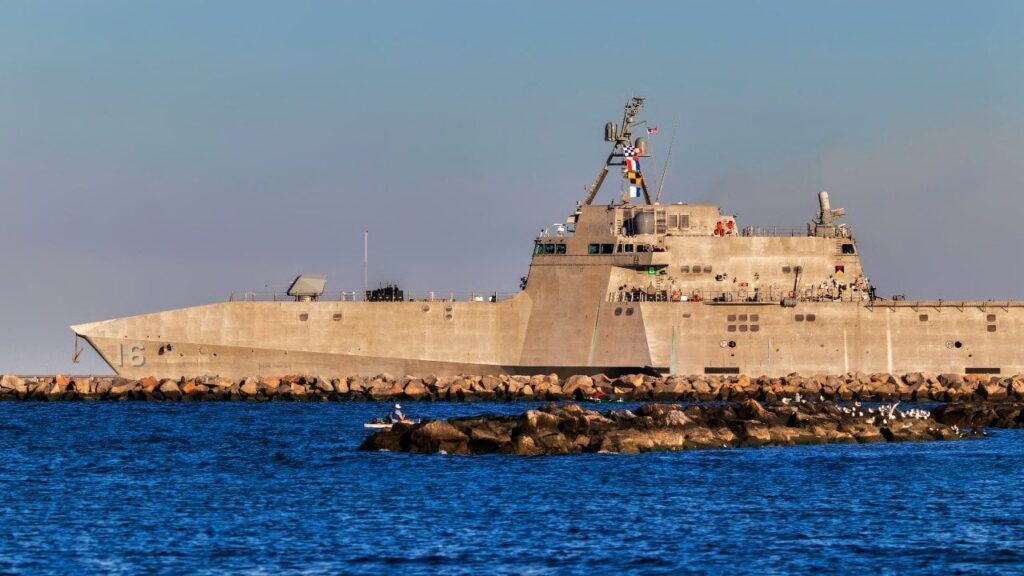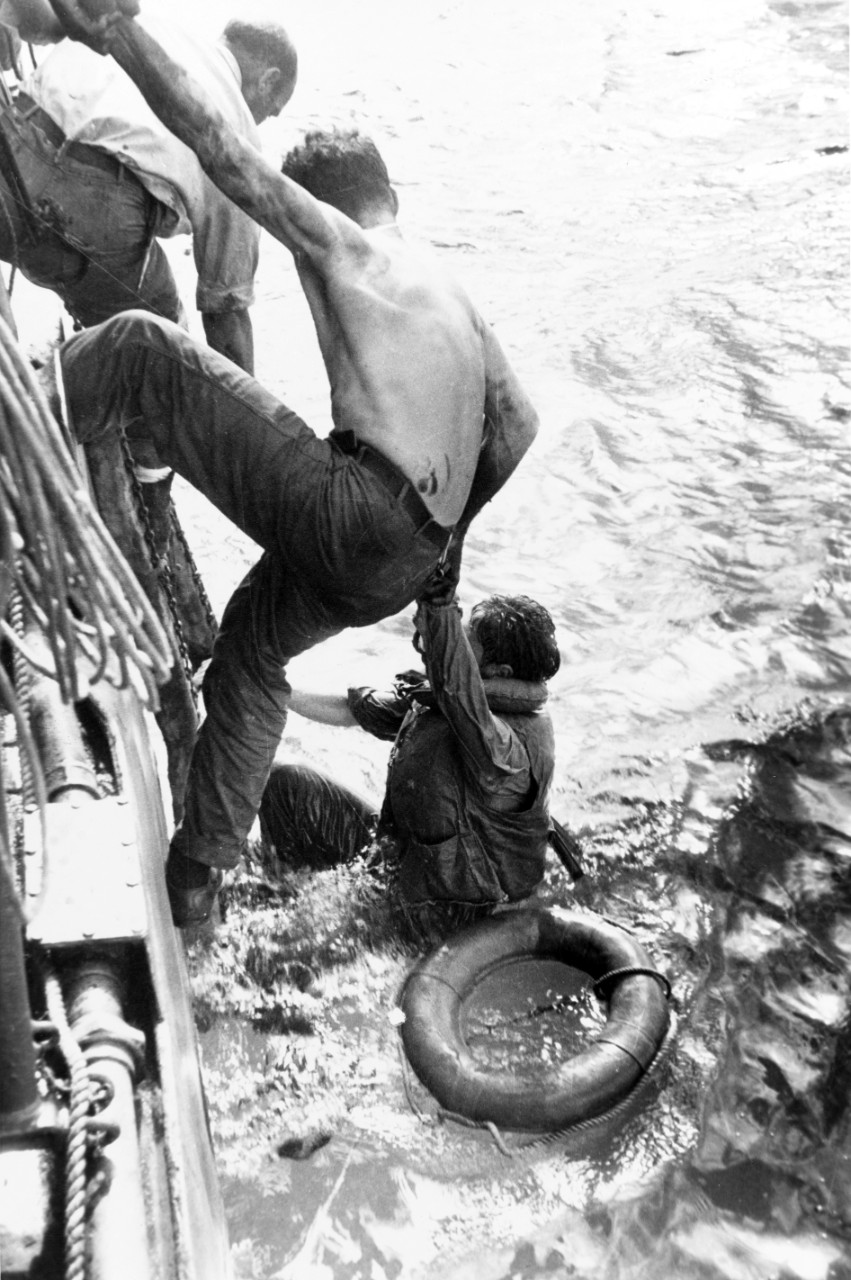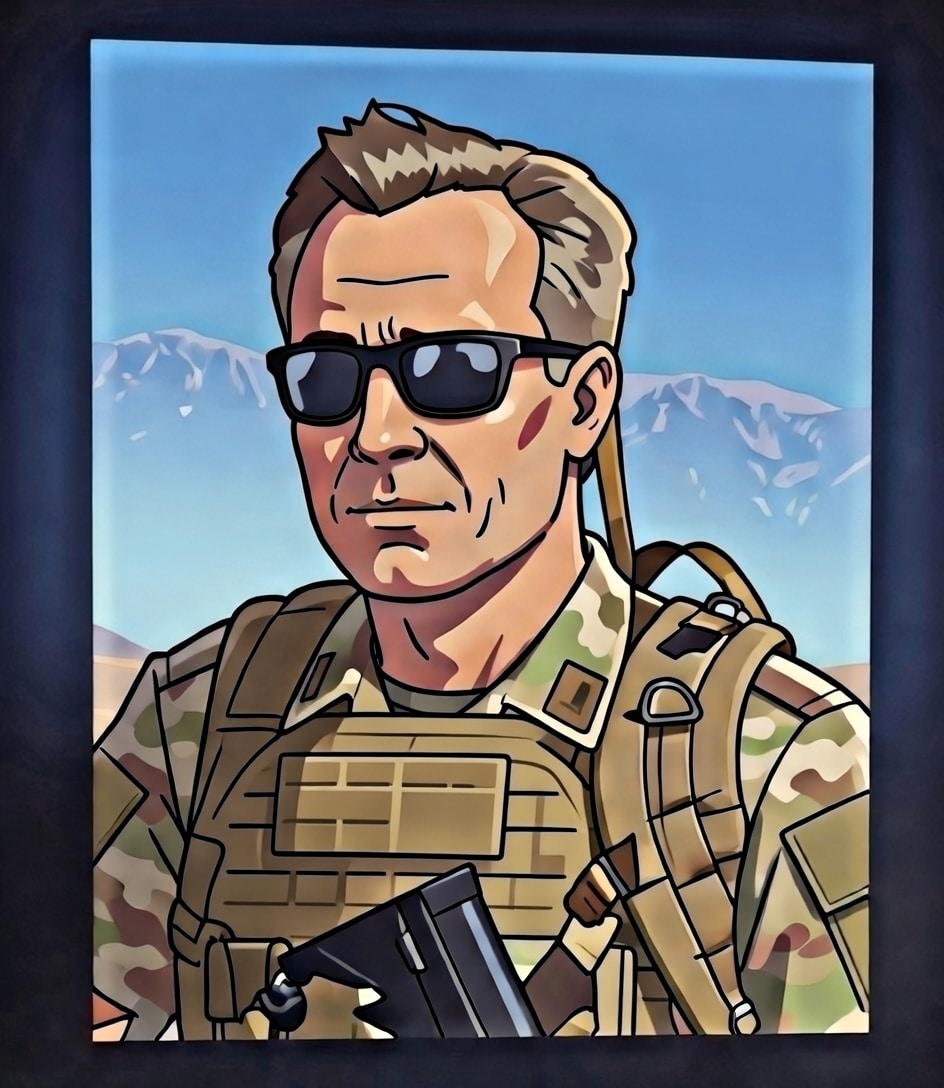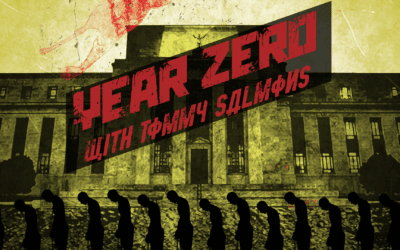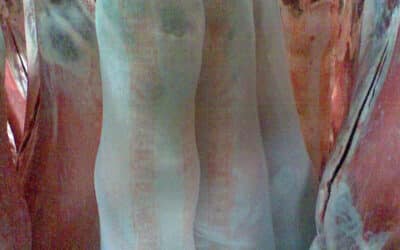I find some of my correspondents gently berate me for being overwhelmingly negative so I am going to offer insights on occasion into tales of the human spirit that will cause you pause. So dear reader, first, the negativity the modern navy deserves.
The floating dumpster fire known as the Littoral Combat Ship continues to cost billions for no maritime combat return whatsoever. I can’t imagine receiving orders to command one of these buckets.
The real littoral combat vessel should have been an American renaissance in creating a whole new fleet of diesel electric submarines leaning heavily on the successful German boats that are proven and reliable.
The Littoral Combat Ship program has not gone well. Costing billions and billions of dollars, the return on the investment has been limited. Underscoring the failure of the program, several Littoral Combat Ships have already been decommissioned. I write “already” because the Littoral Combat Ship was designed to have a shelf life of twenty-five years.
But the USS Freedom lasted just thirteen years. The USS Independence lasted just eleven. The USS Detroit served for just seven years before being decommissioned last September. The USS Sioux City five years. The USS Sioux City cost taxpayers $362 million. Five years for $362 million is a bad investment.
Five years.
The program has just been a mess, especially concerning the propulsion system. “High speed required a complex propulsion system that, two decades on, breaks so often…the type struggles to complete a deployment,” Forbes reported.
Another problem: the ship’s maintenance is highly contractor-dependent, meaning the Navy itself is often incapable of performing the oft-required maintenance.
And while the Littoral Combat Ship was designed to be a jack-of-all-trades, capable of serving in a variety of different roles, swapping role configurations has proven so troublesome that the Navy just sticks to one configuration per vessel.
“Perhaps worst of all, to keep down the roughly $500-million-per-ship cost of the hulls, the Navy chose to arm them only with light weaponry, guns, and short-range self-defense missiles,” Forbes reported. The light weaponry configuration would likely be a problem in a direct conflict with China. Indeed, as one 2010 Pentagon report found: the Littoral Combat Ship would not be able to survive in a hostile combat environment, yet is too large, and too expensive, to perform a scouting role.
Hats off to Harrison Kass for calling these dregs of the sea out.
https://nationalinterest.org/blog/buzz/billions-dollars-wasted-navys-littoral-combat-ship-nightmare-213130
Triumph of the USS Samuel B. Roberts
The smaller destroyer escorts (now classified as frigates) designed and serving in WWII had more firepower and battle survivability than these LCS pigs. The Navy built nearly 600 of those ships in WWII. The LCS falls somewhere in length between the destroyers and destroyer escorts of WWII and delivers not a fraction of the combat power of those legends.
I know you may have seen this iconic photograph of some tin can sailors.
Legends indeed:
Nearly 78 years after her loss during the 25 October 1944 Battle off Samar, the wreck of the USS Samuel B. Roberts (DE-413) was located in the Philippine Sea and identified in June. She lies at a depth of 22,621 feet—making her the deepest shipwreck ever found.
Some highlights of men who knew what they were about on that day:
After a failed torpedo attack run on [Japanese] heavy cruiser Chōkai, Cmdr. Copeland dodged incoming fire from the enemy cruiser’s 8-inch forward guns. Salvos from several Japanese vessels splashed near the lead American warships, including Samuel B. Roberts. Cmdr. Copeland turned his attention on the enemy cruiser Chikuma, ordering his gunners to open fire on her at 0805. The two 5-inch guns on board Samuel B. Roberts, Mt. 51 and Mt. 52, “beat a regular tattoo on the Jap cruiser’s upper works,” Cmdr. Copeland wrote. The gun captains fired 608 of 650 shells, the entire capacity of the destroyer escorts’ magazine. Firing star-shells and anti-aircraft rounds, the Japanese believed the attack came from a much larger force.
The battleship Kongō redirected her guns at Samuel B. Roberts, and using high-explosive shells fired three from her 14-inch guns at the hapless destroyer escort. Kongō’s salvo found their mark, with one Samuel B. Roberts crew-member comparing “the impact to that of two trains colliding head-on.” The first shell struck near Samuel B. Roberts’s waterline, in the communications and gyro room. Destroying the radar, the shell extinguished all lights on board (except for the battle lanterns), knocking out communications between the skipper and crew. The second shell tore through the lower handling room of Gun 51, knocking many of the gun crew down or up against the bulkhead. Flooding began almost immediately and the repair party quickly started moving ammunition topside. The third and final shell entered the main deck, crushing two sailors on its trajectory, before tearing a 4-foot-wide hole just aft of the hatch leading to Fire-room No. 1. The third projectile, failing to detonate until it cut through Samuel B. Roberts, also ruptured the main steam valve in several places. “All but two men…were instantly scalded to death in temperatures that soared to more than 800° or, half baked, begged for death as steam rose from their bodies.” Engine Room Number 2 was demolished while fuel and oil burned on the fantail and several smaller fires broke out below decks. Several other sailors on the 20-millimeter gun died, struck by flying shrapnel. Suddenly dead in the water, Samuel B. Roberts could not outrun her pursuers or mount a proper defense. The Japanese continued firing at her, and several destroyers rushed in for the kill.
The third shell also caused the escort vessel to dip in speed from 28.5 knots down to 17.5. Losing her two greatest assets, speed and maneuverability caused Cmdr. Copeland to realize, “we were then what you might call a ‘sitting duck in a shooting gallery.’” The aft 40-millimeter gun crew to no avail fired upon three torpedoes streaming towards Samuel B. Roberts. As several sailors braced for impact, they were relieved to discover the Type 93 torpedoes had passed harmlessly underneath. The Japanese, assuming the fighting would involve larger American warships, set the torpedoes to run too shallow. Just after breathing a sigh of relief, Cmdr. Copeland suddenly felt the bow of his ship lurch into the air.
Brave men and brave ships. Read the rest below.
https://www.history.navy.mil/research/histories/ship-histories/danfs/s/samuel-b-roberts-de-413-i.html
We had a Navy to be proud of at one time.
Email me at cgpodcast@pm.me


